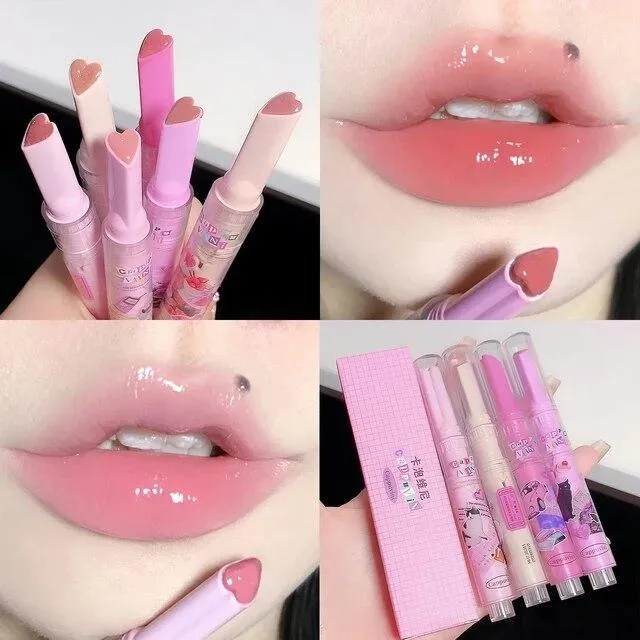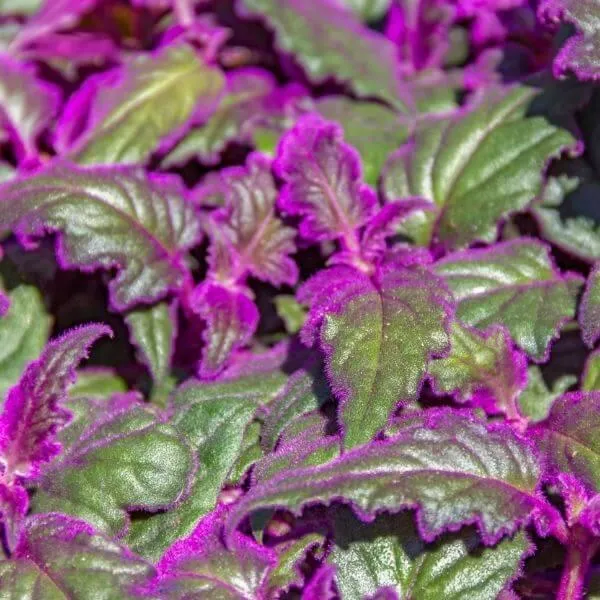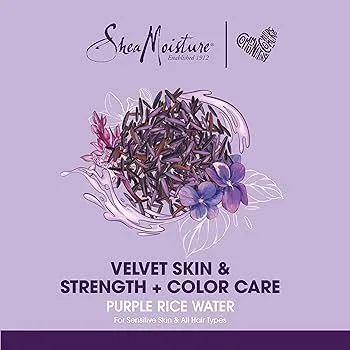Beautiful Blooms that Look as Soft as Velvet
A user searching for “velvet looking flowers” is likely wanting to find floral varieties with delicately soft and luxurious textures that mimic the feel of velvet fabric. Within this article, you will discover several top contenders for flowers with velvety appearances and tactile qualities, along with tips on caring for these beautiful blooms.
Peonies
- Peonies are perhaps the ultimate velvet flower. With big, lush blooms in a wide palette of rich colors, peony petals have a satiny sheen and velour-like feel that’s oh-so pleasing to the touch. From my experience as an avid gardener, the peony is one of the most opulent and show-stopping flowers you can grow.
- Their bloom time may be brief in early summer, but one peony plant can live for decades and produce more flowers each year. Just beware of insects like spider mites that may be attracted to the lush foliage – spray with neem oil every 10 days as a natural pest deterrent.
- Choose peony varieties wisely based on your climate. Some antique peonies with ruffled, clustered blooms work best in cooler locales, while newer globe-shaped hybrids stand up better to warm summer weather. Deadhead spent flowers to encourage rebloom.
Southern Magnolia
Magnolia grandiflora earns its nickname “Southern Magnolia” due to its popularity throughout the humid southeastern U.S. Those huge, showy blooms almost look fake with petals that feel like ultra-plush velvet against the fingers. Here’s a tip: Magnolias tend to drop their blooms early, so pick one up before it hits the ground to enjoy indoors. Pot up seeds or cuttings from an established tree for your own velvet-flowered magnolia shrub.

Bougainvillea
While bougainvillea isn’t typically associated with soft petals, its flower bracts – those colorful, papery modifications that surround the small white flowers – have a deliciously velvety touch all their own. Plus, the array of hot pink, fuchsia, red, orange, and white bracts provide beautiful color from summer to first frost. For the velvet-like texture and riot of colorful blooms throughout the growing season, bougainvillea is a top choice. Just give it lots of sun and keep it well drained, as root rot can be an issue in soggy soil.
Lilies
The petals of many lily varieties feel as plush as velvet against the skin. From exotic Oriental lilies and their huge blooms to fragrant Easter lilies and hardy Stargazer lilies, these flowers present an array of options for any garden. Here are a few tips based on my own lily-growing over the years:

- Plant bulbs in spring for summer flowers, and opt for hybrid lilies bred for hardiness in colder zones like ‘Stargazer’.
- Amend soil with compost and provide partial shade in hot climates to prevent petal scorch.
- Snip off spent blooms to direct energy into bulb growth for an even bigger display next year.
With their alluring fragrance and textured blooms, lilies are a sure way to fill your garden with flowers as soft as plush velvet.
Dahlias
While known for their artistic, bursting-with-color displays, dahlias also offer stunning textures. Many varieties present petals with a lusciously soft, velvety feel that’s simply too good not to touch. Here’s a real-life example: one of my neighbors grows gigantic dahlias in crazy colors like fuchsia, sunny yellow, and tangerine – they practically beg to be stroked!

Dahlias come in a kaleidoscope of hues and forms, from petite tomatoes to dinner plate-sized blooms. Give them rich, fluffy soil, full sun, and regular water for bumper crops of flowers all season long. Decadently velvety blooms and endless color – that’s the gift of dahlias!
Hydrangeas
Can hydrangeas look velvety? You better believe it! While many varieties have powdery soft or crêpe-paper-like petals, others present bold blooms with a plush, downy texture. One amazing example is the Endless Summer hydrangea, bred to flower on both old and new wood for continuous color from summer to fall. Its bulky trusses of deep pink or sky blue presents petals that feel like ultra-fine baby skin against the digits.

As an avid perennial gardener, I only wish hyrdangeas were hardy further south like my zone. Keep your mophead hydrangeas happy with afternoon shade, moist soil, and at least 6 hours of direct sun to bring out their most voluptuous blooms. Deadhead regularly for rebloom. With their dramatic flower heads and tactile softness, hydrangeas are sure to please any velvet flower enthusiast.
Foxgloves
While foxgloves may not instantly spring to mind for their texture, some varieties present blooms that beg to be fondled for their silky-soft sensation. Digitalis ‘Sutton’s Apricot’ stands out with its dangling bells in shades of apricot that feel like plush velvet under the hands. Here’s a tip: foxgloves thrive in partially shaded borders and tolerate neglect once established. Allow some seedheads to remain for self-sowing and continuous flowering.
So in summary, whether you want peony pomp, lily luxury, or dahlia decadence – these top picks for velvet-like flowers are sure to thrill with their combination of opulent blooms and sumptuously soft textures. With the right care, your garden can become a veritable tapestry of tactile treasures for eyes, hands, and heart alike. Hopefully this article has shed light on some top contenders for the velvet flower enthusiast in us all. Please feel free to experiment with these luxurious blooms and discover your favorites!
Factors to Consider When Choosing Velvet Flowers
| Type | Color Options | Care Requirements | Bloom Time | Hardiness Zones |
|---|---|---|---|---|
| Iresine Herbstii | Purple, White, Pink | Low light, moderate water | Year-round | 9-11 |
| Jewish Mallow | Pink, White, Lavender | Full sun, low water | Summer-Fall | 8-11 |
| Achillea | Yellow, Pink, White | Full sun, average water | Spring-Summer | 3-9 |
| Verbena | Purple, Pink, Red | Full sun, average water | Summer | 8-11 |
| Petunia | Various color combinations | Full sun, average water | Spring-Frost | Annual |
FAQ
- What are velvet flowers? Velvet flowers are plants with soft, usually hairy petals and leaves that look and feel like velvet fabric. They come in a diverse range of beautiful colors.
- What are some common types of velvet flowers? Two very popular velvet flowers are African daisies and touch-me-nots. African daisies have small pom-pom blooms in shades of red, orange, pink or white brushed with hints of gold. Touch-me-nots, also known as jewelweeds, have yellow or orange bottlebrush-shaped flowers.
- Do all velvet flowers have hairy petals? Most do, but not all. For instance, some African daisies may have smooth or barely fuzzy leaves and stems even though they have that characteristic velvety appearance. It seems the texture can vary slightly between types.
- How long do the blooms last? Generally, the blooms of velvet flowers don’t continue for an exceptionally long time, anywhere from one to three weeks. However, if taken good care of, some varieties will rebloom throughout the growing season, basically replacing old flowers with new ones.
- What conditions do they prefer? Velvet flowers tend to like warm, sunny spots and well-draining soil. Although certain types can handle some partial shade. They also want regular watering to keep their soft fibers plush and avoid wilting. Too much rain may cause fungus issues.
- Are they difficult to grow? Not really. While velvet flowers seek specific requirements, meeting those is pretty doable in many regions. As long as you pick a variety suited to your climate and care for it adequately, it will hopefully reward you with lovely blooms season after season.
- What are some creative ways to enjoy them? You could make wonderful flower arrangements or try pressing petals for decorations. Some varieties are even edible and make nice additions to salads. Or you might give blooms as presents – their unusual texture adds a surprising twist. The options are kind of endless!
